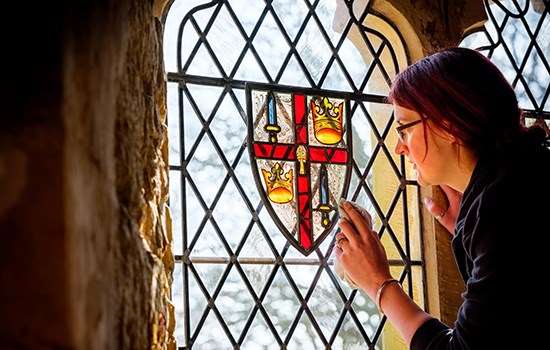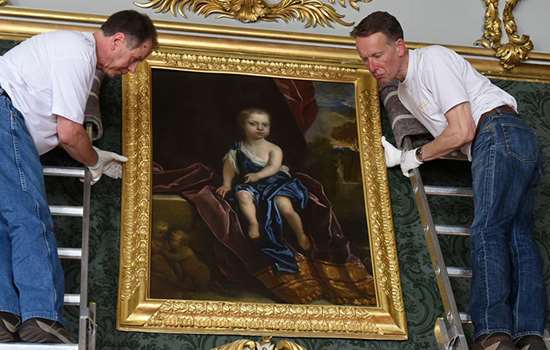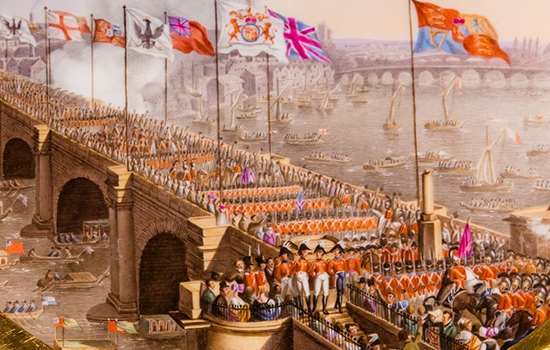06/04/2017
Help us protect our historic properties from clothes moths
English Heritage has launched Operation Clothes Moth to protect our historic furnishings and fabrics from damage caused by clothes moths
English Heritage is calling on the public to join Operation Clothes Moth and help protect its historic furnishings and fabrics from the household pest.
The number of clothes moths recorded at English Heritage sites has doubled in the past five years and a new species has appeared on its traps for the first time. These insects can eat through centuries-old carpets, rare tapestries and period clothes in a matter of months.
Operation Clothes Moth will help conservation scientists to get a better picture of the scale of the problem across the country.
From today, anyone visiting a staffed English Heritage site will be able to collect a free clothes moth trap to use in their own home and monitor the presence of clothes moths. Participants can post their results on our website and the resulting information will map the spread of clothes moths across England. It will then help the Charity decide where and how to concentrate its conservation efforts.
Amber Xavier-Rower, Head of Collections Conservation for English Heritage, said:
'At English Heritage we regularly monitor insect pest activity to ensure our collections get the best possible care. Clothes moths are a conservator's worst nightmare. We want to know why numbers are rising so that we can continue to keep them under control.
'Many people already know the exasperation of finding a much-loved jumper or coat destroyed by clothes moths. We now need the public's help to get a better picture of the clothes moth threat. Come to our sites, pick up a free trap, take it home and leave it for a couple of months, and then share your findings with us on our website.'
Why are clothes moths harmful?
Houses, clothes, domestic animals and stored produce provide a source of food for many species we now class as pests.
Clothes moths, particularly the common or webbing clothes moth (Tineola bissellella), are a common threat to interiors. They live indoors and their larvae feeds on woollen carpets, clothing, upholstery, fur and even taxidermy, which results in holes or patches.
English Heritage has been monitoring the spread of clothes moths since 1997 and today observes 40 sites across the country. Through its work, the charity has recently identified a new species of moth, the Pale Backed Clothes Moth (Monopiscrocicapitella), which previously was not found in historic homes.
Discover our top tips for preventing clothes moth infestations and treating clothes moth infestations.
For more information about Operation Clothes Moth, including how to participate, visit our conservation pages.
For more from English Heritage, follow us on Facebook, Twitter and Instagram.
More recent news
-

Lost medieval carol recorded for new battle abbey exhibition
A medieval carol that hasn't been performed for more than 500 years will set the scene for a new exhibition at Battle Abbey, opening this weekend.
-

18th century portraits return to Wrest Park after 100 years
Five portraits will be rehung at Wrest Park for the first time in 100 years after being purchased and conserved by English Heritage.
-

Public served a treat with Wellington's Banquet table
A dining service given to the 1st Duke of Wellington 200 years ago to celebrate his victory at the Battle of Waterloo will be on display at his London home.
